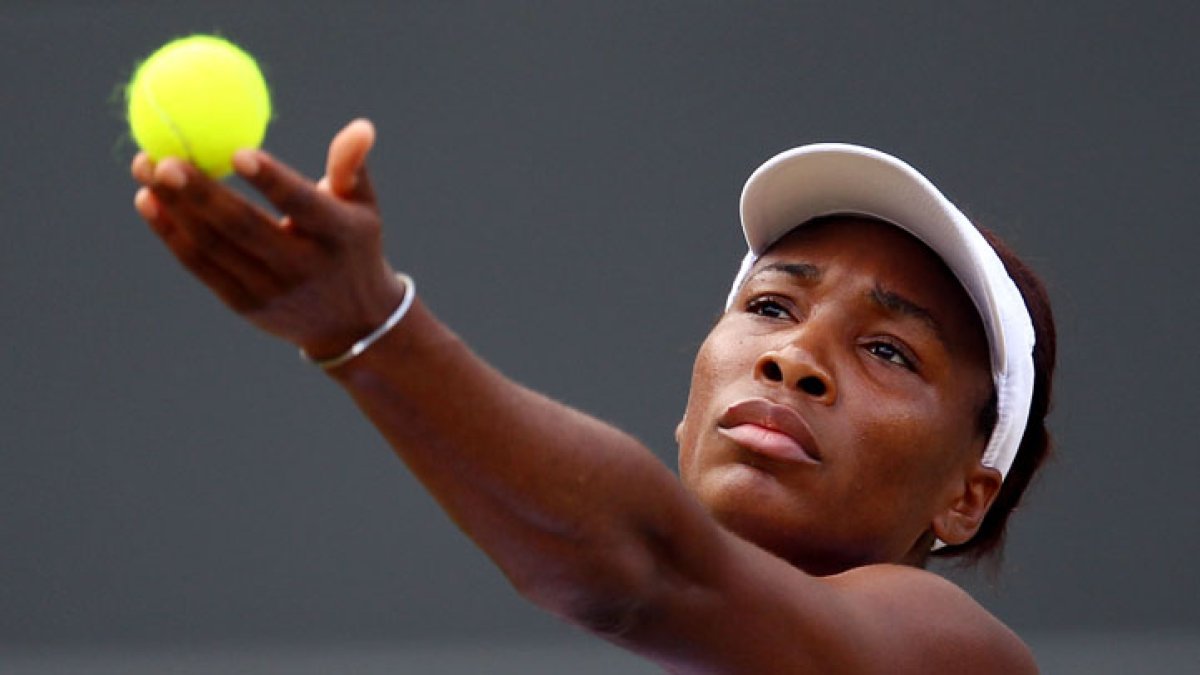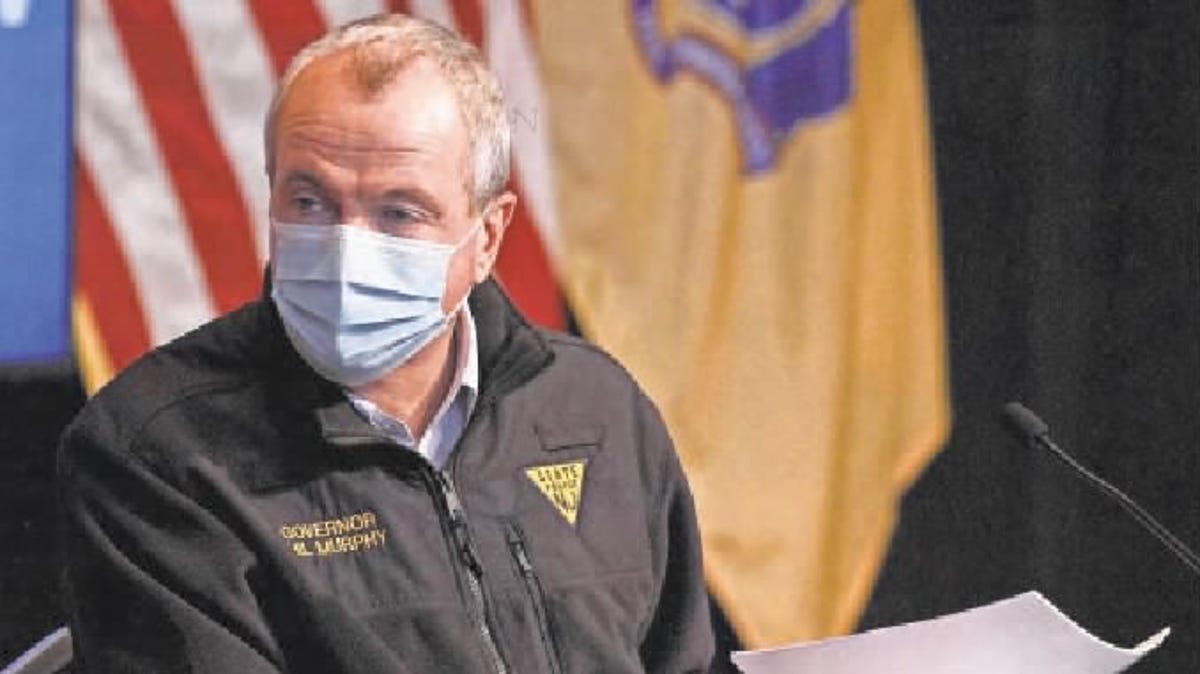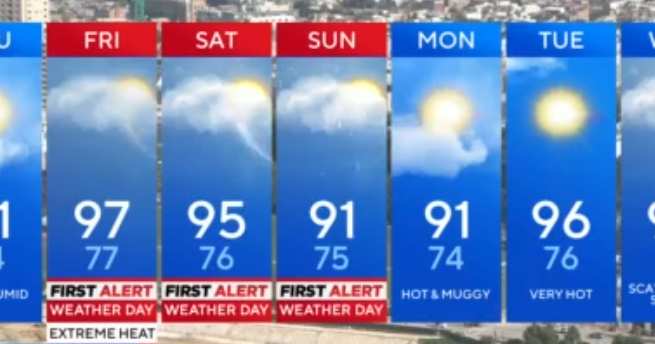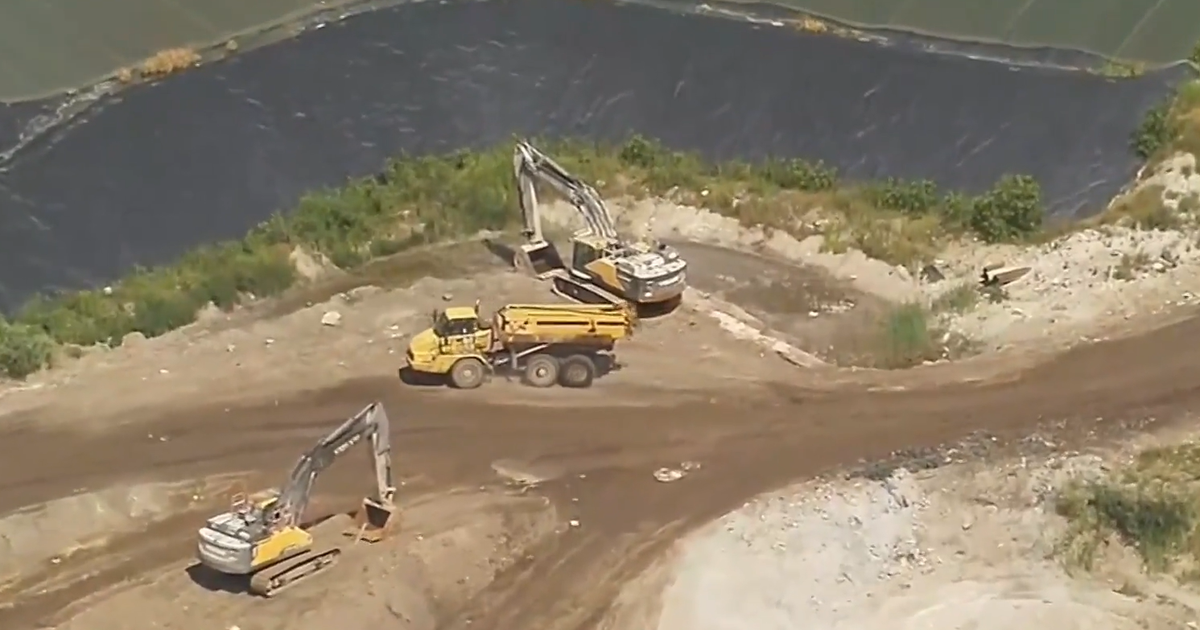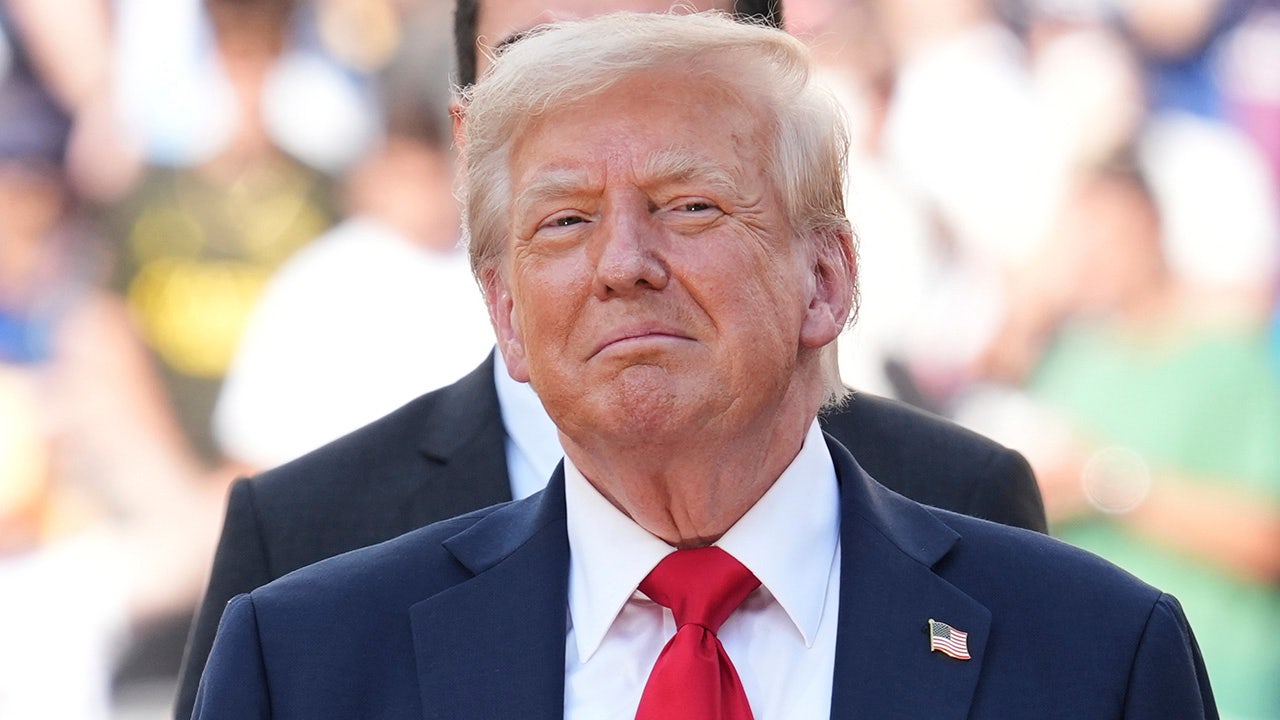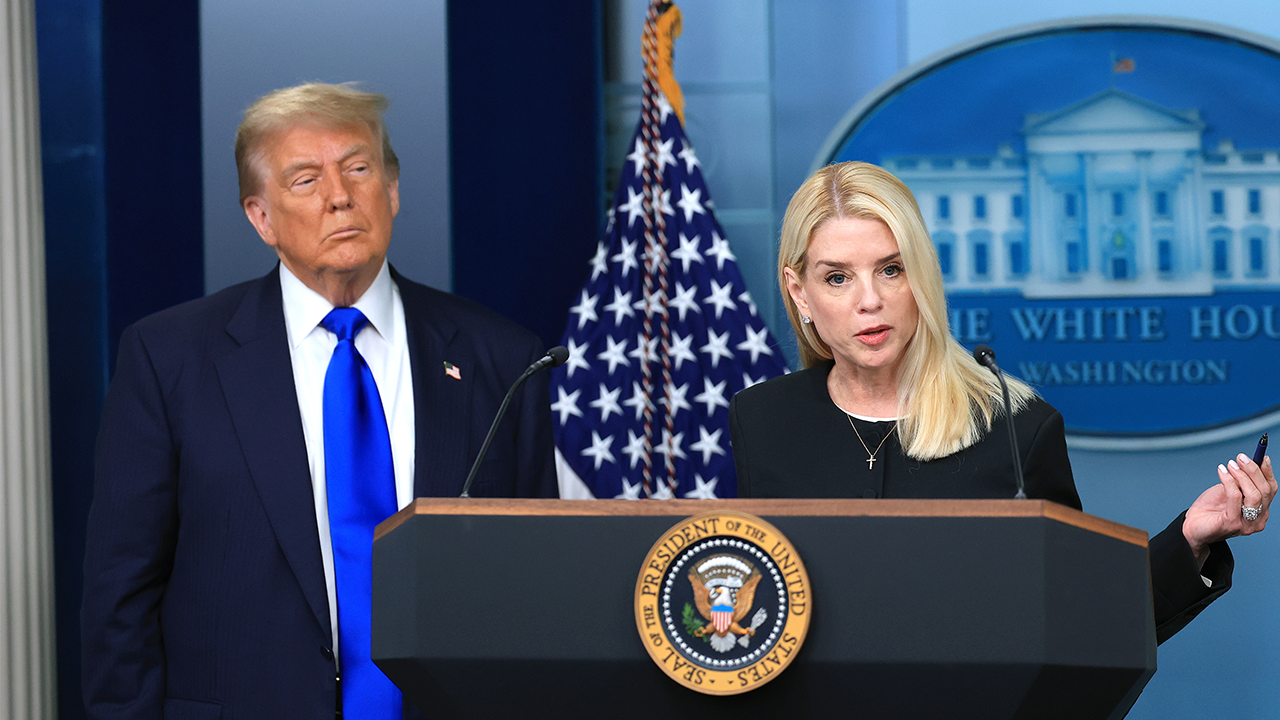Culture
Mpetshi Perricard's serve aced Wimbledon. His best friend – and one opponent – knew how to stop it

Follow live coverage of the ninth day of Wimbledon 2024 today
WIMBLEDON — Over the course of seven stunning days, it has become the most lethal shot in tennis.
It’s a serve which comes off the racket of a French 21-year-old named Giovanni Mpetshi Perricard, and the player waiting for it needs to hit it back over the net.
Or, get, cajole, persuade, will, pray it back over.
It’s a rocket blast that can be hard to see, much less get a racket on, let alone return over a piece of mesh 3ft high from 39ft away.
As for making a quality return to take control of a point, or doing it enough times to win a game when Mpetshi Perricard is serving? For seven days, that looked like an impossibility for everyone in the draw.
Except, maybe, for the one player left in the draw who already knows how to pick the Mpetshi Perricard service lock. He’s another Frenchman, a year younger than Mpetshi Perricard, who is having the breakout Grand Slam run that so many have been expecting of him for more than a year.
That would be Arthur Fils, Mpetshi Perricard’s best friend since the two were 10-year-old standouts palling around in France’s national tennis training program. But Fils isn’t about to share any of the secrets he has picked up over all those years with the rest of the field.
Some numbers. Mpetshi Perricard, who is 6 ft 8 (203cm), has hit 105 aces in three matches, including 51 in his first-round win over Sebastian Korda, No. 20 seed here at the All England Club and one of the world’s better grass court players.
Mpetshi Perricard starting his motion (Ben Stansall/AFP via Getty Images)
He’s winning 85 per cent of his first-serve points. He’s lost three sets but only one that hasn’t gone to a tiebreaker. He’s tied with Ben Shelton for the fastest serve in the tournament at 140mph but even Shelton puts Mpetshi Perricard’s serve in a different class than his, in part because the Frenchman’s second serve can come across the net at 128mph sometimes.
“Ridiculous,” is how Shelton describes the Mpetshi Perricard offering.
“He basically hits two first serves.”
The status of the big serve, or flat bomb, or boom boom if you’re Boris Becker, has declined in the last two decades. These are not the days of Pete Sampras and so many like him, who sailed to Grand Slam titles on a diet of unreturned serves and tiebreaks won when they needed to, but more often just got one game on the opponent’s serve and considered their work done until the scoreboard told them that they had to start a new set.

GO DEEPER
‘They slow things down in their minds’: How tennis players return 130mph serves
Four men called Roger Federer, Rafael Nadal, Novak Djokovic and Andy Murray are mostly responsible for that decline. If you serve a ball faster than 135mph and your first sight when you come out of the motion is the ball you just hit arriving very hard and fast at your ankles, seemingly harder and faster, your days of winning tennis matches are likely on the way out.
In contemporary tennis, the word on people’s lips is “servebot”: an at least mildly derogatory and definitely apathetic term for a player who is essentially unbreakable because their serve is so good, but who is also essentially unlikeable because a hypereffective trebuchet for tennis balls is basically all they have.
Mpetshi Perricard is not that guy. He can move. His volley stings. He has studied videos of the biggest servers, especially John Isner, but watching Ivo Karlovic, who was about seven feet tall, is “a little boring,” he said.

Mpetshi Perricard’s net game, touch and volleying are well-suited to grass (Clive Brunskill/Getty Images)
For those seven days at Wimbledon, Fils and Mpetshi Perricard were living out a dream together while trying very hard to not dream; to not think past the next match, even the next set, or game or point that each of them will play.
They are constantly texting each other, and they eat dinner together at tournaments just about every night if their schedules allow. Mpetshi Perricard quickly received Fils’ text after the latter beat Roman Safiullin to make the second week of the a Grand Slam for the first time.
Mpetshi Perricard’s coach, Emmanuel Planque, said no one on the planet has spent more time with Mpetshi Perricard on a tennis court than Fils has.
Fils said Planque was 100 per cent right, which means he has seen and returned more of Mpetshi Perricard’s serves than anyone on the planet.
“He teaches me how to return,” Fils said of Mpetshi Perricard, after a freak knee injury forced No.7 seed Hubert Hurkacz to retire from their second-round match, with Fils holding match point in the fourth set.
“It’s good practice.”
On the eighth day, the reality of professional tennis forced them to wake up. Fils succumbed to Alex de Minaur in the fourth round, a player he beat at the Barcelona Open in April, but on clay, which is the Australian’s least-favorite surface.
De Minaur, the No. 9 seed, loves grass because it allows him to capitalize on his speed and sublime movement while keeping his hard, flat shots nice and low. He used that to full effect on Fils, despite an admirable rally from the Frenchman in the fourth set, winning 6-2, 6-4, 3-6, 6-3.

Fils’ incredibly impressive performance against Hurkacz got him to the third round (Rob Newell/Camerasport via Getty Images)
Mpetshi Perricard faced Lorenzo Musetti, the rising Italian who has quietly put together a solid grass season.
Musetti was a semifinalist in Stuttgart and a finalist at Queen’s, and this is his first Wimbledon second week. Despite saying he felt lost on the stuff a year ago, Musetti has a higher win-rate on grass and clay than on hard courts, and he has a game that suits the surface too. Not just a knifing backhand slice and a good serve, but an economy of movement when returning serve that takes his complicated forehand and one-handed backhand out of the equation. He chips and carves and blocks the ball back, ready to put his tools to good use in rallies, where they will actually be effective.
“I don’t know, I’m just focused on the next one,” Mpetshi Perricard said when asked how far he could go after beating Emil Ruusuvuori of Finland in four sets on Saturday.
“I already lost to Musetti, so I don’t know.”
Sure, but Mpetshi Perricard already lost at Wimbledon, too. He lost his final match in qualifying to Maxime Janvier, another Frenchman, in four sets — three of which went to a tiebreak. Then, Mpetshi Perricard ended up with one of the “lucky loser” spots that arise when a player withdraws at the last minute. He was in the locker room after a practice session last Saturday when a tournament official called him to ask if he’d like to play in the Wimbledon main draw for the first time.
Was he nervous? Not at all, he said. A good opportunity, no pressure, a great experience.
Since then, Mpetshi Perricard and his serve have become unstoppable forces with no immovable objects in sight. He hits that first serve like he is smacking a rock with a frying pan, then watches it slash to the corners of the service box. Opponents just let their eyes drop to the grass and move to the other side of the court.

Mpetshi Perricard’s serve was similarly effective at Queen’s, the Wimbledon warm-up event (James Fearn/Getty Images)
Fils doesn’t have a bad serve himself but their bodies and their games are completely different.
Fils, who grew up near Paris, is an all-court player with a build in in the goldilocks zone of the all-time greats. A little over six-feet tall, a perfectly crafted athlete who desperately wanted to play striker and score goals for Paris Saint-Germain, but wasn’t quite good enough.

Fils is into a Grand Slam second week for the first time (Mike Hewitt / Getty Images)
Mpetshi Perricard, who is from Lyon, is in the mould of the new generation of tennis humans like Alexander Zverev and Daniil Medvedev. Closer to seven feet tall than six, they look a bit out of place on a tennis court, until they start serving, their long arms and spines giving them extra leverage to snap balls down from on high.
Mpetshi Perricard also played a little soccer, dabbling in basketball and swimming before focusing on tennis, mostly because he was better at it than the other sports and believed he could exploit his strength and size while learning the movement.
That part of the game is still a work in progress for Mpetshi Perricard, Planque said. His serve has been his biggest weapon since he and Fils were pre-teens working with Planque and other national coaches at France’s Tennis Federation, along with a few other top players their age, including Arthur Cazaux and Luca Van Assche. They are a bit like the young and coming Italians, led by Jannik Sinner, who pushed each other through their junior years and at regional tournaments on the lower rungs of the sport.
Planque knows that Mpetshi Perricard is always going ride on his serve.
“He doesn’t want to play long rallies,” he said. “The goal is to be aggressive from the first shot.”
He also wants him coming to the net at every chance, even serving and volleying, a dying art that most players only use as a surprise tactic.
“I’m an old-style coach,” Planque said.
Old-style too is one of Mpetshi Perricard’s groundstrokes. Like Musetti, he is the rare young player who uses a one-handed backhand — even though he now wishes he didn’t, looking enviously at Isner’s two-hander on those videos. As Musetti learned, making service returns with one hand is a struggle.

Mpetshi Perricard’s booming serve, one-handed backhand and soft net game feel like a throwback (Glyn Kirk/AFP via Getty Images)
And while his first serve is the star, improving his second was one of his main goals coming into this season. He crushes the first ball and if he misses, he tries to do something a little different with the second one, which is averaging 117 mph. Maybe he’ll put a little spin on it or go down the middle or into the body, rather than going out wide, which he so often does with his first ball.
“It works for now,” he said last week after the win over Ruusuvuori. “We’ll see if, against the top player, it’s going to work.”
He did see, and he didn’t like what was in front of his eyes. Musetti won the serve battle, taking 79 per cent of first-serve points to Mpetshi Perricard’s 67, amd 84 per cent of second-serve points to Mpetshi Perricard’s 53.
He won the return battle too. 32 per cent of first-serve return points to Mpetshi Perricard’s 20 per cent; 33 per cent of second-serve return points to Mpetshi Perricard’s 16 per cent.
After the match, Musetti agreed that facing the serve is like being a goalkeeper in a penalty shootout, and said that his coach had explained that to break, he would need to have the cushion of 0-40, not relying on 30-40 or even 15-40 as a chance, because it could so easily be snatched away. Musetti had to pick his moment of comfort, before the discomfort began again in the next game.
That’s not just for now. Mpetshi Perricard’s serve looks set to be discomfiting top returners for many years to come.
As for Fils, he might be getting some texts from other players soon.
(Top photo: John Walton / PA Images via Getty Images)

Culture
Test Your Knowledge of French Novels Made Into Musicals and Movies

Welcome to Great Adaptations, the Book Review’s regular multiple-choice quiz about books that have gone on to find new life as movies, television shows, theatrical productions and more. This week’s challenge is focused on globally popular French novels that went on to become big-screen adventures — and more. Just tap or click your answers to the five questions below. And scroll down after you finish the last question for links to the books and some of their filmed versions.
Culture
Try to Match These Snarky Quotations to Their Novels and Stories

Welcome to Literary Quotable Quotes, a quiz that challenges you to match a book’s memorable lines with its title. This week’s installment is focused on bold observations made by characters from assorted novels and short stories. In the five multiple-choice questions below, tap or click on the answer you think is correct. After the last question, you’ll find links to the books themselves if you want to get a copy and see that quotation in context.
Culture
16 Mayors on What It’s Like to Run a U.S. City Now Under Trump

It is no ordinary time to lead a city. Budgets are in flux. Divisions are deepening. Political violence and misinformation are growing concerns. And as President Trump aggressively pursues his agenda, national politics are becoming an inescapable reality in city halls.
The New York Times sat down last month with 16 mayors at a meeting of the U.S. Conference of Mayors in Tampa, Fla. We asked them many of the same questions. Their answers revealed deep, bipartisan uncertainty over federal funding and concerns about rising incivility. Mayors of some of the nation’s largest cities, including New York and Los Angeles, did not attend.
Some Republican mayors spoke hopefully about this new Trump era. Many others, especially Democrats, who hold the majority of big-city mayoral jobs, voiced alarm about how the administration’s policies were playing out.
Here’s what we heard.
Across party lines, this one issue was a persistent concern.
Americans have been telling their mayors that they are worried about everyday costs and struggling to afford a place to live.
With home prices rising and supply limited, several mayors said they were trying to build more units and meet demand. It was a challenge playing out in nearly every city, with young professionals struggling to buy their first houses and growing homeless populations straining city services.
Mayors told us what else was keeping them up at night.
They described spending significant time outside the office worrying about local and national problems. As the mayor of Noblesville, Ind., put it: “My job is not nine to five. I’m mayor regardless of where I am.”
Some described the fear of receiving a phone call with news of another shooting. Others spoke about wanting to fix endemic issues like homelessness and drug addiction.
Governing a city feels different under President Trump, most mayors said.
Mayor Chris Jensen (R)
Noblesville, Ind.
Mayor Donna Deegan (D)
Jacksonville, Fla.
Mayor Jerry Dyer (R)
Fresno, Calif.
Mayor Regina Romero (D)
Tucson, Ariz.
Mayor Kathy Sheehan (D)
Albany, N.Y.
Mayor Alyia Gaskins (D)
Alexandria, Va.
Mayor Mattie Parker (R)
Fort Worth
With the Trump administration seeking to rapidly overhaul parts of the federal government, mayors from both parties described uncertainty over the fate of federal grants and other programs that Republicans in Washington have targeted.
Many Democrats said they had strong relationships with former President Joseph R. Biden Jr.’s staff members and had not yet built those same connections with Mr. Trump’s team. Mayor Brandon Johnson of Chicago, whose city has been singled out for criticism by Mr. Trump, said that “the very basic fundamental rights of our democracy are under siege.”
Some Republicans described optimism about working with the new president, and not all of them had seen major changes. Mayor D.C. Reeves of Pensacola, Fla., said that “it’s probably too early to say that there’s a distinct difference.” Mayor Acquanetta Warren of Fontana, Calif., said it was “not at all” different. “We work with anyone,” she said.
We also asked whether mayors had changed their routines because of political violence.
Several mayors said they had taken additional steps to ensure their safety since the killing of a Minnesota lawmaker and her husband in June and other recent attacks. But political violence, many of them noted, was not new. Mayor Regina Romero of Tucson, a Democrat, pointed to the attempted assassination of Representative Gabby Giffords in her city in 2011.
And Mayor Indya Kincannon of Knoxville, a Democrat, said she had been inside a local church with her young daughters when a gunman opened fire in 2008, killing two people, in an attack linked to hatred of liberals and gay people. She remembered escaping with her daughters. “I picked them up and left as soon as the gunman was tackled,” she said.
Mayor Todd Gloria (D)
San Diego
“It’s a difficult time for people in public office, and when we see the tragedy that just happened in Minnesota, you always have to wonder, you know, am I next?”

Mayor Brandon Johnson (D)
Chicago
“No. But what I can say is with the political violence that has been promulgating, there’s no place for it.”

Mayor Alyia Gaskins (D)
Alexandria, Va.
“I have. I would say in light of recent violence, I’m much more aware of my surroundings and also those of my family.”

Mayor Kathy Sheehan (D)
Albany, N.Y.
“For those of us who are elected officials, it is an uneasy time.”

Mayor Jerry Dyer (R)
Fresno, Calif.
“As a former police chief and spending 40 years in law enforcement, I’m keenly aware of the fact that there’s always a potential for a threat of violence against you, but it doesn’t mean that we’re always constantly aware of that threat. But I have become much more alert as of late in terms of my surroundings.”

Mayor Quentin Hart (D)
Waterloo, Iowa
“One of the things that we’ve done immediately was to take more precautions within City Hall.”

Mayor Brett Smiley (D)
Providence, R.I.
“I haven’t made changes to how I interact with my community, but I will admit that my stress and anxiety level is up a little bit higher.”

Mayor D.C. Reeves (R)
Pensacola, Fla.
“Nothing permanent yet, but I’m certainly watching it.”
Immigration enforcement is creating fear in many cities, too.
Mayors from both parties called on the federal government to overhaul the nation’s immigration laws.
“You couldn’t talk to a mayor who doesn’t want immigration reform,” said Mayor Kathy Sheehan of Albany, a Democrat. “We want Washington to fix this.”
But as the Trump administration works to increase deportations and remove legal status for some immigrants, mayors said that some in their cities were living in constant fear of raids by Immigration and Customs Enforcement officers.
Mayor Brandon Johnson (D)
Chicago
Mayor Acquanetta Warren (R)
Fontana, Calif.
Mayor Brett Smiley (D)
Providence, R.I.
Mayor D.C. Reeves (R)
Pensacola, Fla.
Mayor Quentin Hart (D)
Waterloo, Iowa
Mayor Jerry Dyer (R)
Fresno, Calif.
Mayor Regina Romero (D)
Tucson, Ariz.
Mayor Mattie Parker (R)
Fort Worth
Mayors also pointed to local programs that could be national models.

Mayor Chris Jensen (R)
Noblesville, Ind.
“I had a local therapist approach me and ask, ‘Hey, would you go on Facebook and do a live therapy session to talk about what it’s like to be a leader during Covid?’ Of course, my initial answer was, ‘Absolutely not, I don’t want to go share my emotions with my community.’”
“But I ended up relenting and doing it. It was one of the best things I ever did. It was literally an hourlong therapy session talking about my feelings, about being a leader during such an uncertain time. That project has morphed into, now, a monthly program called ‘Mental Health Monday.’”
He added: “We have now comforted a community and a city and shown that it’s OK to not be OK.”

Mayor Acquanetta Warren (R)
Fontana, Calif.
“Right now, the biggest challenge in our city is homelessness. That’s what our public is looking to see us resolve, so we’re on steroids doing that. We just bought a hotel last year, which allows us to put people off the street in an environment where they can get major assistance to transform their lives.”

Mayor Regina Romero (D)
Tucson, Ariz.
“We’ve planted more than 150,000 trees in the last six years. We created a heat tree map where we take a look at the areas of our city that have less canopy. Because trees are a nature-based solution to heat and climate.”

Mayor Todd Gloria (D)
San Diego
“Last year, despite high interest rates and high inflation, we permitted about 8,800 new homes in my city, more than double what we’ve been doing historically. The reforms that we’re putting in place to make it possible to build more homes for less and to build them faster is working.”
We wanted to know what policy change under Trump was having the biggest impact, too.
We spoke to the mayors before Congress passed Mr. Trump’s sweeping domestic policy bill. They told us they had spent months bracing for severe cuts to federal funding for local programs, though many of their worst-case fears had not materialized at that point.
Some described the pausing of grants while the Trump administration re-evaluated previously approved projects, leaving cities in limbo. In places where the local economy is highly dependent on international trade, mayors voiced concern about the uncertainty around tariffs.
Mayor Brandon Johnson (D)
Chicago
Mayor Todd Gloria (D)
San Diego
Mayor Alyia Gaskins (D)
Alexandria, Va.
Mayor Brett Smiley (D)
Providence, R.I.
Mayor Chris Jensen (R)
Noblesville, Ind.
Mayor D.C. Reeves (R)
Pensacola, Fla.
Mayor Cavalier Johnson (D)
Milwaukee
And mayors told us what they had learned about the United States in the last year.
Both Republicans and Democrats said the depth of the country’s political divisions had become even more clear in recent months. Some Democrats said they were still processing Mr. Trump’s return to power and what it means for the country’s future.
Mayor Todd Gloria (D)
San Diego
Mayor Daniel Rickenmann (R)
Columbia, S.C.
Mayor Regina Romero (D)
Tucson, Ariz.
Mayor Jerry Dyer (R)
Fresno, Calif.
Mayor Brandon Johnson (D)
Chicago
Mayor D.C. Reeves (R)
Pensacola, Fla.
Mayor Indya Kincannon (D)
Knoxville, Tenn.
Mayor Alyia Gaskins (D)
Alexandria, Va.
We also asked some lighter questions, like which TV or streaming show they liked best.
Mayors also revealed their favorite after-work beverages.
Many mayors were eager to plug local craft breweries. Mayor Daniel Rickenmann of Columbia gave a shout-out to the Kentucky distillery that he cofounded. Others preferred a particular soft drink.
We asked them to brag about their cities’ signature dishes, too.
They boasted about a Friday night fish fry in Milwaukee, fish tacos in San Diego and Mexican food in Fresno and Fontana. Knoxville’s mayor suggested “meat and three,” the local term for meat and three side dishes, while Pensacola’s mayor highlighted his city’s seafood.
Two mayors shared different theories on hot dogs. And two Midwestern mayors boasted about their pork tenderloins.
Their bookshelves are also as varied as their cities.
When asked about the best book they had read recently, mayors shared a range of fiction and nonfiction titles.
Mayor Alyia Gaskins of Alexandria said much of her reading time was spent with her young children, who enjoy “Little Blue Truck” and “Goodnight, Goodnight Construction Site.” The mayors of Fontana, Knoxville and San Diego all praised “Abundance” by Ezra Klein and Derek Thompson.

Mayor Jerry Dyer (R)
Fresno, Calif.
“One Blood” by John M. Perkins

Mayor Kathy Sheehan (D)
Albany, N.Y.
“A Gentleman in Moscow” by Amor Towles

Mayor Donna Deegan (D)
Jacksonville, Fla.
“The Wisdom Pattern” by Richard Rohr

Mayor D.C. Reeves (R)
Pensacola, Fla.
“A Land Remembered” by Patrick D. Smith. “It’s a novel, but it’s kind of on the history of Florida.”

Mayor Brandon Johnson (D)
Chicago
“Locking Up Our Own” by James Forman Jr. “I recommend that people across America take a look at it, particularly at a time in which the carceral state is something that’s being enacted, especially by this federal government.”

Mayor Daniel Rickenmann (R)
Columbia, S.C.
“Rockets’ Red Glare” by William Webster and Dick Lochte

Mayor Quentin Hart (D)
Waterloo, Iowa
“The 1619 Project” by Nikole Hannah-Jones, who is from Waterloo. Also “Anesa, No Skola Today” by Anesa Kajtazovic, a children’s book about growing up during the Bosnian War.

Mayor Chris Jensen (R)
Noblesville, Ind.
“The Circle Maker” by Mark Batterson. “It’s all about big prayers, big bold ideas.”

Mayor Brett Smiley (D)
Providence, R.I.
“A Little Life” by Hanya Yanagihara. “Probably the saddest book I’ve ever read, but it was really, really, really well written and wonderful.”

Mayor Regina Romero (D)
Tucson, Ariz.
“The Teenage Brain” by Dr. Frances E. Jensen. “That really has helped me understand my teenagers and why they do the things they do.”

Mayor Mattie Parker (R)
Fort Worth
“On Leadership” by Tony Blair. “It’s incredibly thought provoking as a leader. I probably should have read it at the beginning of my administration, but I’ve learned quite a bit.”

Mayor Cavalier Johnson (D)
Milwaukee
“I’m reading it right now: ‘A Promised Land’ by Barack Obama. I’m a little behind because I’m mayor and I’ve got three kids, but I’m making up for it now.”
Finally, we wanted to know what gave mayors hope for the United States.
Across party lines, mayors spoke about frightening political divisions, seemingly intractable problems and serious fears about the future. But most also voiced optimism about the country, drawing hope from America’s history and especially from the people they meet in their own cities.
-
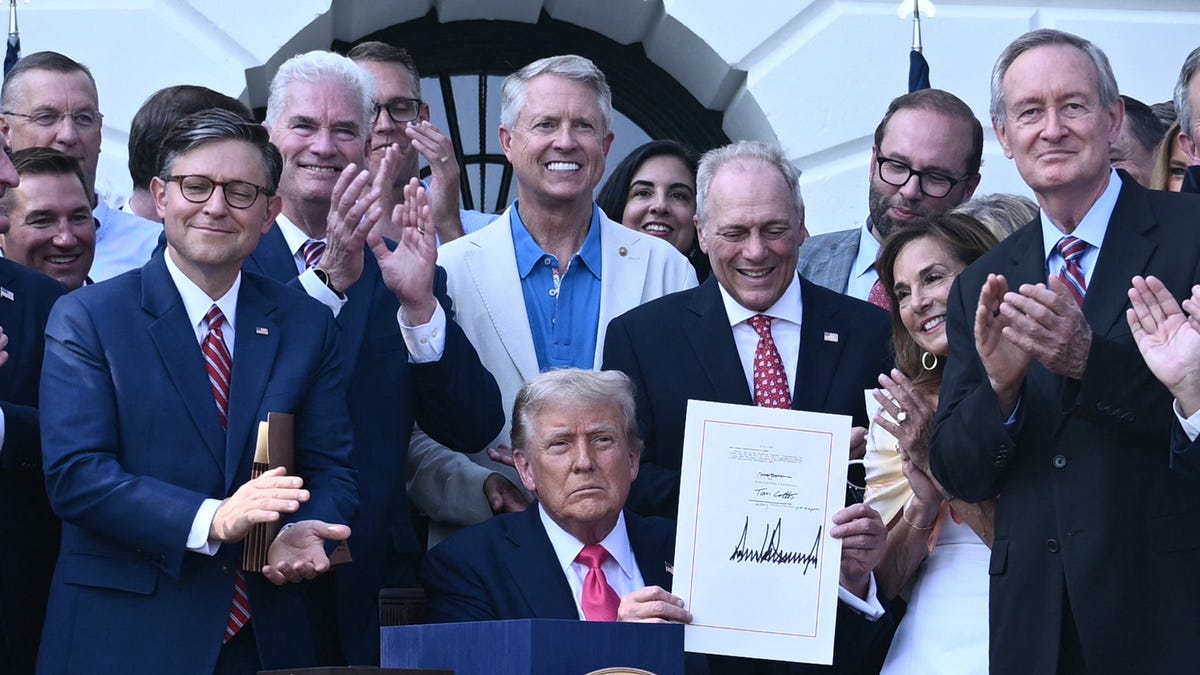
 Iowa1 week ago
Iowa1 week ago8 ways Trump’s ‘Big, Beautiful Bill’ will affect Iowans, from rural hospitals to biofuels
-
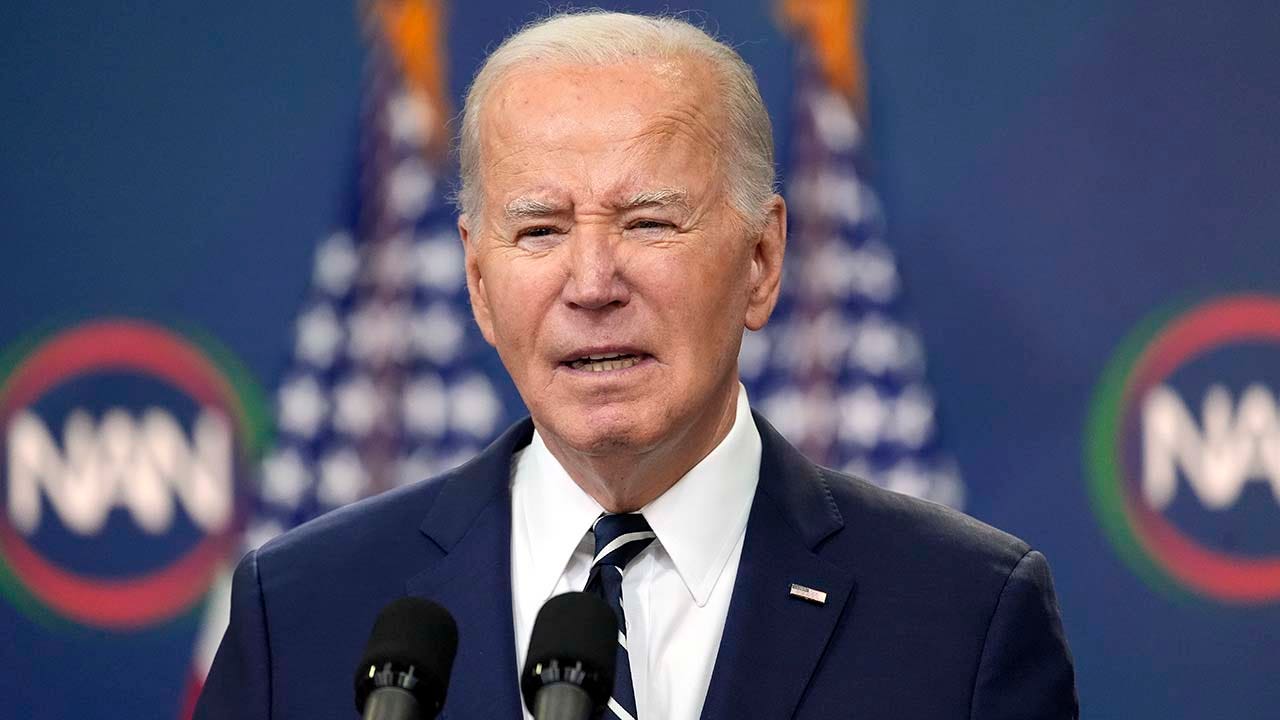
 Politics1 week ago
Politics1 week agoConstitutional scholar uses Biden autopen to flip Dems’ ‘democracy’ script against them: ‘Scandal’
-

 Movie Reviews1 week ago
Movie Reviews1 week agoMovie Review: SUPERMAN
-
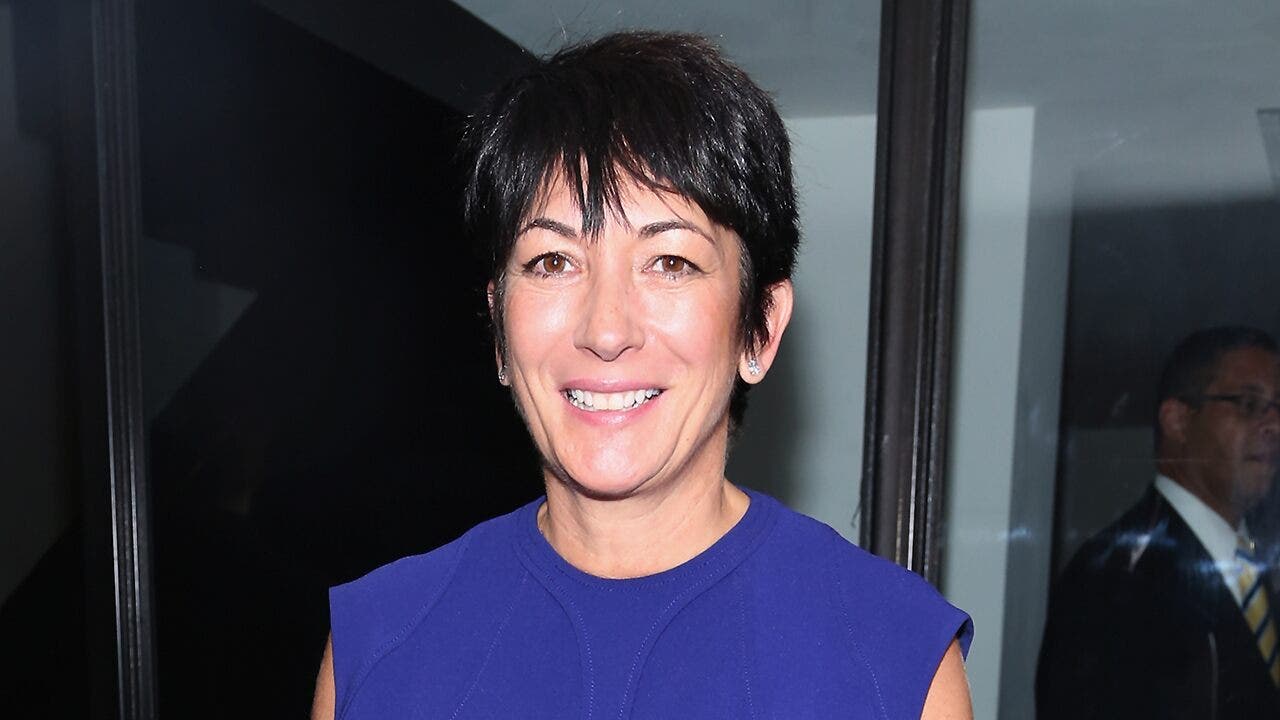
 Politics1 week ago
Politics1 week agoDOJ rejects Ghislaine Maxwell’s appeal in SCOTUS response
-

 Health1 week ago
Health1 week agoNew weekly injection for Parkinson's could replace daily pill for millions, study suggests
-

 Culture1 week ago
Culture1 week agoTest Your Knowledge of French Novels Made Into Musicals and Movies
-
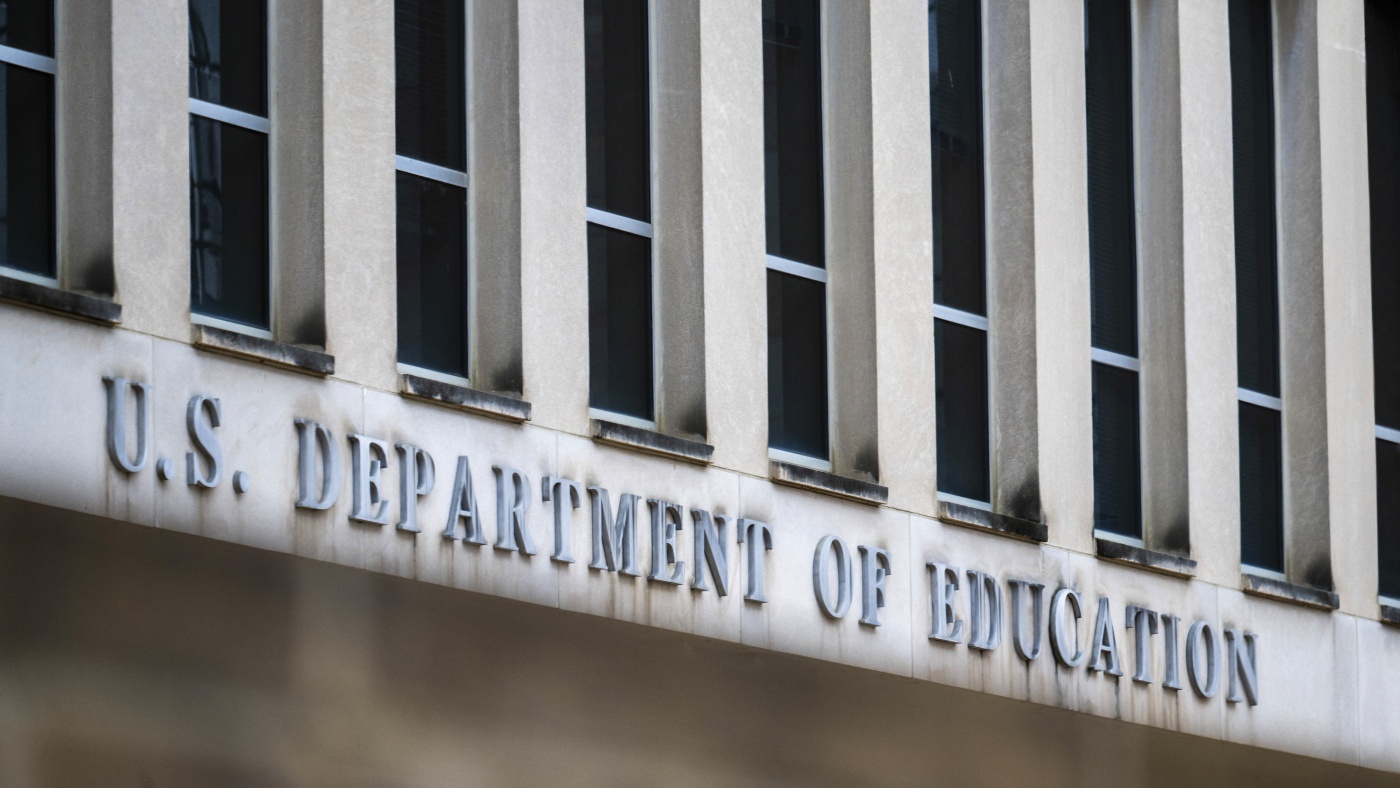
 News1 week ago
News1 week agoSCOTUS allows dismantling of Education Dept. And, Trump threatens Russia with tariffs
-
Business1 week ago
Musk says he will seek shareholder approval for Tesla investment in xAI
